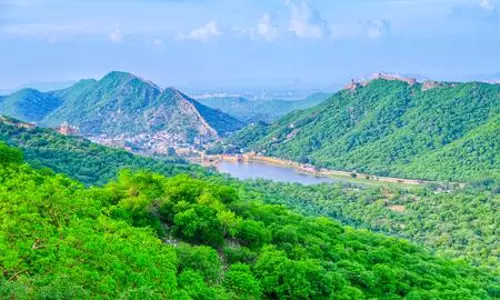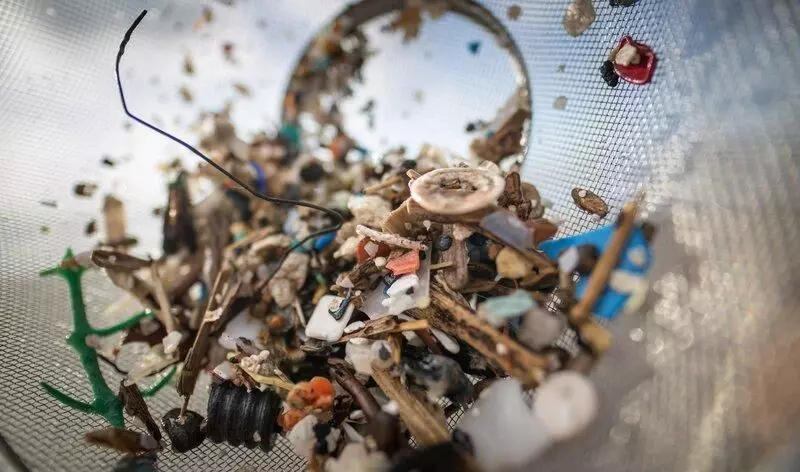
River Ganga could be responsible for 3 bn microplastics entering Bay of Bengal: Study
text_fieldsImage credits: Desiree Martin / AFP
River Ganga or conventionally called the Ganges along with the rivers Brahmaputra and Meghna is found to be responsible for up to 3 billion microplastic particles entering the Bay of Bengal every day, says a new study published in the journal 'Science Direct'.
Microplastics are tiny plastic pieces less than 5mm in length which break off from industrial waste and other plastic products.
The study is the first to inspect not only the presence but also the abundance and characteristics of microplastics in surface water along the three river basins. Scientists collected about 120 samples from the rivers, 60 each from pre-monsoon and post-monsoon seasons by pumping river water through mesh filters to capture the particles in it.
The results showed that about 71.6 per cent of microplastics were found during pre-monsoon and 61.6 per cent in the post-monsoon season suggesting increased contamination in the rivers before monsoon seasons. 91 per cent of the microplastics were made up of fibers and 9 per cent of them, other fragments.
After observing the microplastic concentration at the mouth of river Bhola in Bangladesh, scientists came to the shocking conclusion that about 1-3 billion microplastic fragments are discharged into the Bay of Bengal daily.
Approximately 650 million inhabitants thrive on these three river basins depending on their water. The study proves the role of the river as a major source of microplastic into the oceans and the result helps in identifying the key pathways of these particles.
The study also aims to create awareness among people on the necessity of a more responsible use of plastics without environmental contamination.
In recent years, microplastic pollution has become a widespread menace. Traces of microplastic have already been found in the most remote locations on Earth—like the summit of Mount Everest and the corners of the Arctic—as well as inside human beings, including the placentas of unborn babies.






















